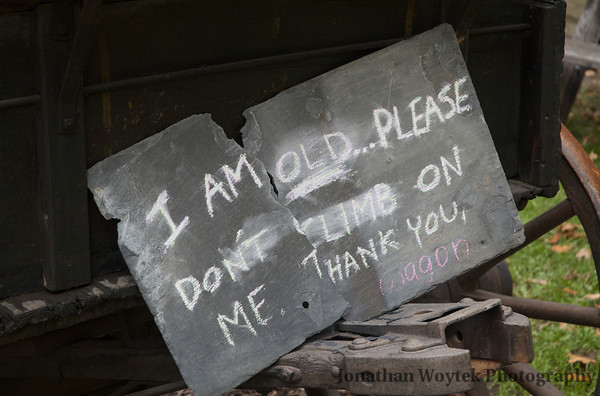
I have a confession.
This month, I committed to “inundating” my blog with posts about women writers before I had a complete list of blog subjects.
I have certain women that I will name by the end of the month.
In the meantime, I brainstormed a list of places and events that interest me so that I can develop more blog post topics for you readers.
I wrote on this list “Oregon Trail.”
The Oregon Trail existed in the 1800’s to connect Missouri to Oregon. The over 2,000-mile trail served wagon travelers as they journey from the American Midwest to the Pacific Northwest.
Now, once upon a time, developers created a computer game titled . . . The Oregon Trail. This game intended to teach school students about the real Oregon Trail. From what I understand, developers released several versions of this game.
Now, keep in mind that when I was a kid, I didn’t know anybody who had internet access in their own homes. My own family owned no video gaming system or computer except for a Texas Instrument TI 99/4A.
My dad taught high school. Each summer, he brought home the Apple IIc from his classroom. He permitted us kids to “work” on this computer.
Well, my sisters and I spent hours using this Apple for two particular programs . . . Print Shop and The Oregon Trail.
(I shall henceforth refer to The Oregon Trail computer game as “OC.”)
Here’s a brief explanation of OC for those not familiar with the game:
From what I remember, OC competitors played as a fictional family traveling in a Conestoga wagon from Missouri to the Willamette Valley in Oregon. At the beginning of the journey, the family received a budget of “points” and used these points to purchase supplies. The family made decisions on when to cross rivers (such as the Burnt River) based on river depth, and how fast to travel based on family health. Incorrect decisions could result in family members dying on the trail. If the competitors didn’t reach Oregon by winter, the family faced starvation in the mountains. Incorrect decisions resulted in the deaths of family members. Family members could die from cholera, snakebite, typhoid fever, dysentery, diptheria, measles, and broken bones. Competitors could purchase more food at such places as Fort Laramie and Fort Walla Walla. Competitors attempted to leave Missouri in the spring and reach Oregon before December.
If we competitors lost every single family member before the wagon reached Oregon, then we got to create a tombstone for our family along the trail. During future game attempts, we could travel past the tombstones that we created during prior games.
We played OC so often that we learned how to get our entire family to Oregon alive, and receive high final scores. We played OC so often that I got bored with bringing my entire family to Oregon alive.
So, then I purposely played OC with the sole intent of killing off my OC family as quickly and efficiently as possible. I created a series of tombstones along the trail on my dad’s classroom copy of The Oregon Trail.
Since I have such fond memories of playing OC, I decided to see if I could discover any women writers who actually travelled on the real Oregon Trail.
So this week, I Googled “Oregon Trail,” “woman,” and “writer.”
I found . . . Abigail Scott Duniway.
Duniway was born Abigail Scott in Illinois in 1834. In March 1852, when Duniway was a teenager, she travelled with her parents and eight siblings along the real Oregon Trail. Her mother died of cholera near Fort Laramie. Her younger brother, three-year-old Willie, died along the Burnt River. Duniway’s remaining family reached the Willamette Valley in October.
Duniway’s Oregon Trail diary now resides with the University of Oregon. Duniway later wrote several fiction novels about pioneers, including pioneer women.
Duniway married Benjamin Duniway. Through a series of misfortunes, Abigail Duniway ended up as the breadwinner in a family that included her disabled husband and several children. She learned the struggles of trying to make ends meet on an uneven playing field. She published her own weekly newspaper, The New Northwest, that addressed women’s issues, including women’s suffrage.
Now, Duniway’s own brother, Harvey W. Scott, worked as the editorialist for The Oregonian newspaper. I learned that the brother and sister butted heads through their respective newspapers on the issue of women’s suffrage.
I found a website, the Oregon Encyclopedia, A Project of the Oregon Historical Society, that includes an entry on Duniway. This website includes the following quote:
“Writing always was our forte,” Abigail Duniway announced in her first issue of The New Northwest. “If we had been a man,” she added, “we’d have had an editor’s position and handsome salary at twenty-one.”
Touche.
I’m sure that students in Oregon know all about Abigail Scott Duniway. However, I’m from Pennsylvania. I just learned about Duniway this week.
I’m glad that I did a five minute Google search to learn about a woman who actually lived The Oregon Trail!
This blog has kept me motivated ever since I learned last summer that my mom was sick. I’m glad that you readers have reached out to me with kind words. Please continue to reach out.